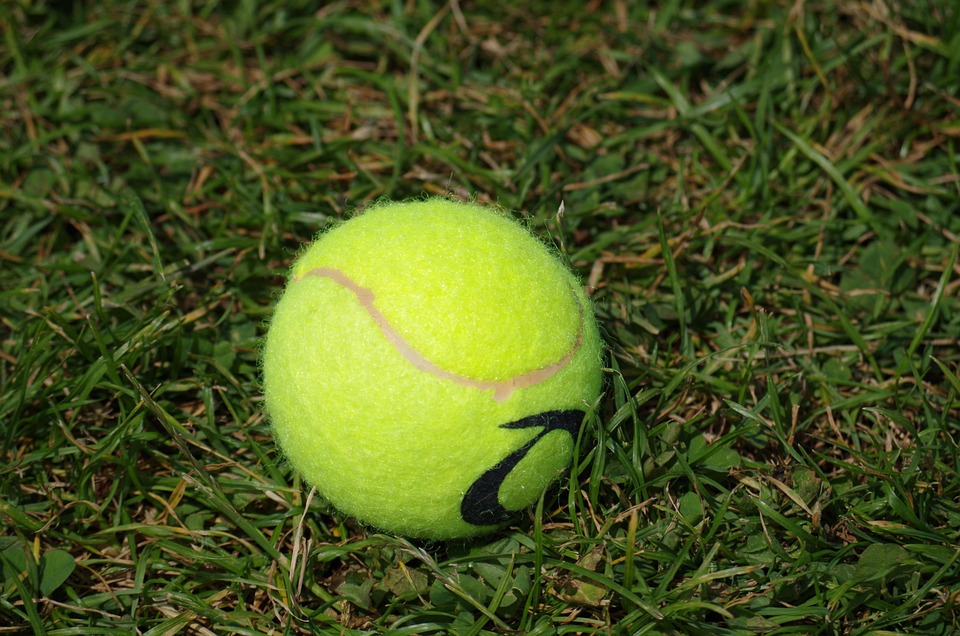In the world of sports, few professions capture the imagination quite like that of a professional tennis player. The glamour, the high-stakes matches, and the roar of the crowd paint a picture of a life many only dream of. However, behind the spectacle lies an intricate tapestry of hard work, discipline, and endless dedication. What does a day in the life of a professional tennis player really look like? Let’s take a closer look.
The Early Rise
The day typically begins early, often around 6:00 AM. Professional athletes understand that training is key to success, and they’re committed to making the most of every hour. After a quick breakfast—usually high in protein and carbs to fuel their intense day—players may start with a morning fitness session. This can include strength training, cardio, and flexibility exercises designed to enhance performance and prevent injuries.
On the Court
By 8:00 AM, players usually hit the court for their first practice session. This can last anywhere from two to three hours and involves a combination of drills, match play, and stroke refinement. Coaches are an integral part of this session, providing real-time feedback and strategic input. Top players utilize the expertise of their coaching team, which may include a mental coach, a fitness trainer, and a nutritionist.
Drilling Down
During this time, fundamental skills such as serving, volleying, and baseline play are honed. Players work on specific techniques, often with a focus on their upcoming matches. The intensity of these sessions can be daunting, pushing players to their physical limits while ensuring they develop the mental fortitude necessary for high-pressure gameplay.
Midday Replenishment
After a grueling morning session, lunch becomes vital. Nutrition plays a critical role in a professional athlete’s life, and meals are often meticulously planned. A typical lunch might include lean proteins, whole grains, and an abundance of fruits and vegetables. Staying hydrated is equally important, as dehydration can impact performance and recovery.
Afternoon Adjustments
Post-lunch, players usually engage in a second training session. This is often dedicated to match simulation and strategy. Players may play practice matches against sparring partners, focusing on honing their tactics in a competitive environment. This time is not just physical; it’s also an opportunity for mental conditioning as and players visualize their game plan for upcoming tournaments.
Recovery is Key
After rigorous training, recovery is essential. This can involve various techniques, including ice baths, massages, and stretching sessions. Many athletes integrate yoga and mindfulness practices into their routines to enhance mental clarity and maintain emotional balance—a crucial aspect of competitive sports.
Evening Wind Down
As the day winds down, players often review their performances, sometimes watching video footage of their matches or practice sessions. This self-analysis helps them identify areas for improvement and reinforce successful strategies. Dinner typically consists of similar balanced nutrition, focusing on replenishing energy stores and preparing for the next day.
In addition to physical fitness, players spend time off the court managing their mental health. Books, meditation, or light recreational activities may often fill this time to foster relaxation and prevent burnout.
The Road to Competition
When nearing a tournament, the schedule becomes even stricter. Travel takes an important role as players hop from one international venue to another. Days may involve press conferences, sponsor commitments, and fan interactions, all while juggling practice sessions. The travel can be taxing, but it also presents opportunities to connect with fans and promote the sport.
Conclusion
The life of a professional tennis player may appear glamorous from the outside, but the reality is a blend of relentless hard work, discipline, and sacrifice. The commitment to training, mental preparation, and physical recovery shapes not only their game but their entire lives. As we cheer on our favorite players at the Grand Slams or watch them battle it out in other tournaments, it’s essential to recognize the myriad of efforts and daily routines that contribute to their success. Behind every victorious racket, there’s an unwavering dedication that goes largely unseen—a true testament to the spirit of professional sport.



